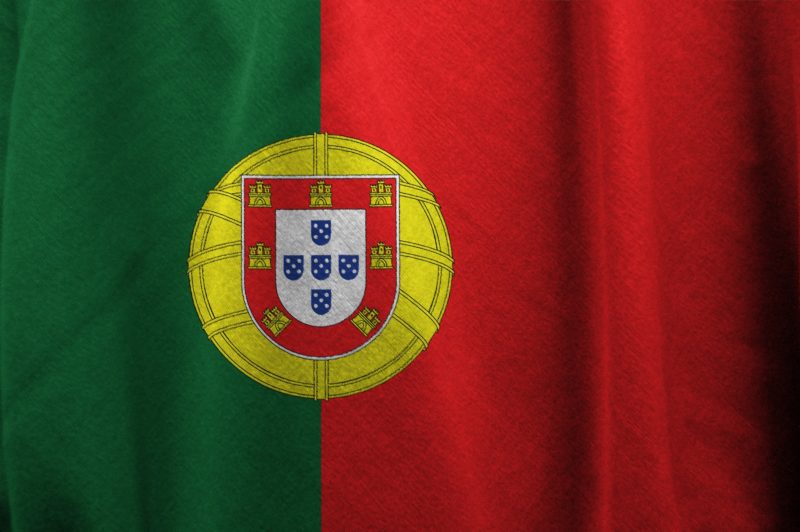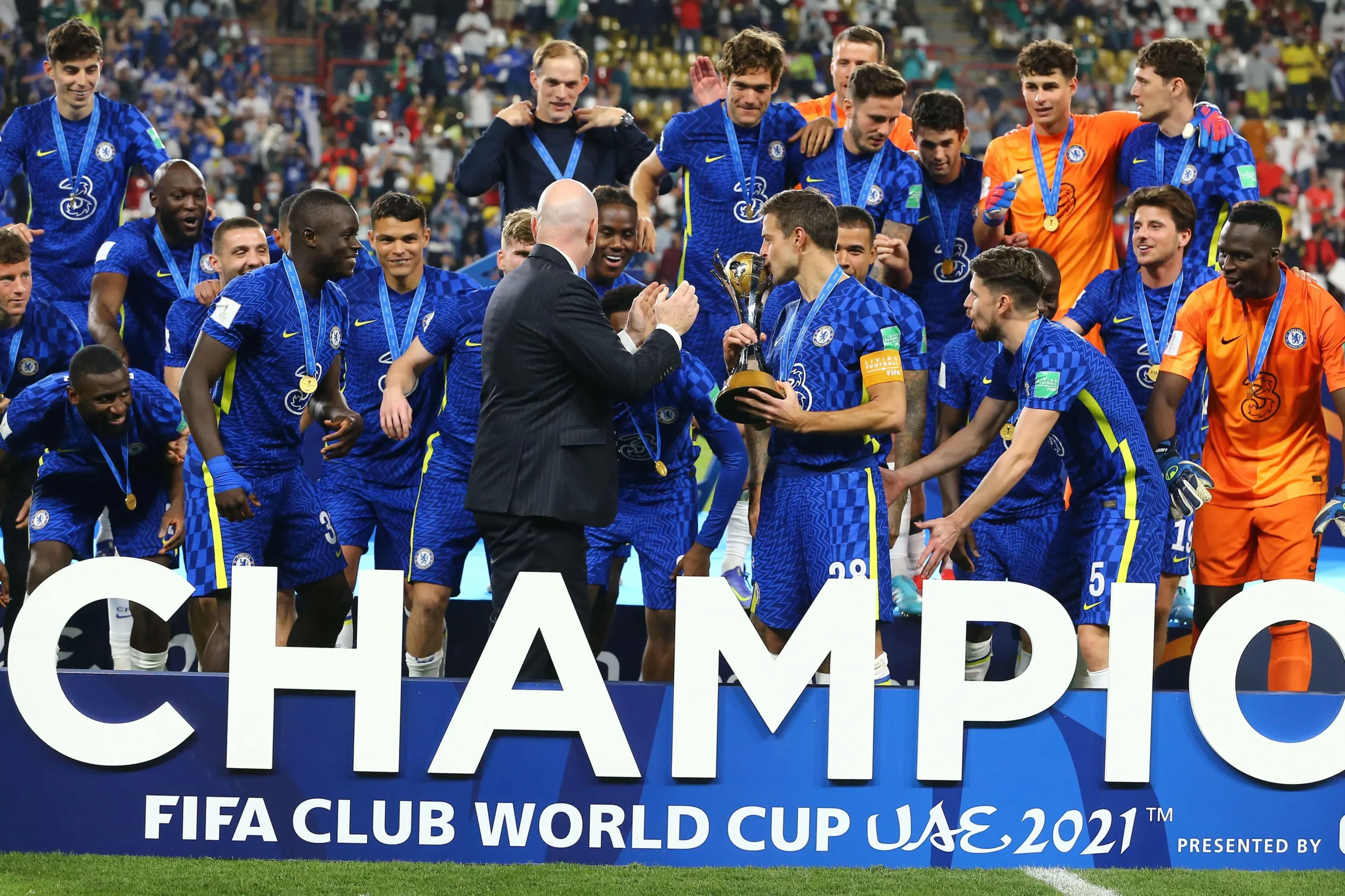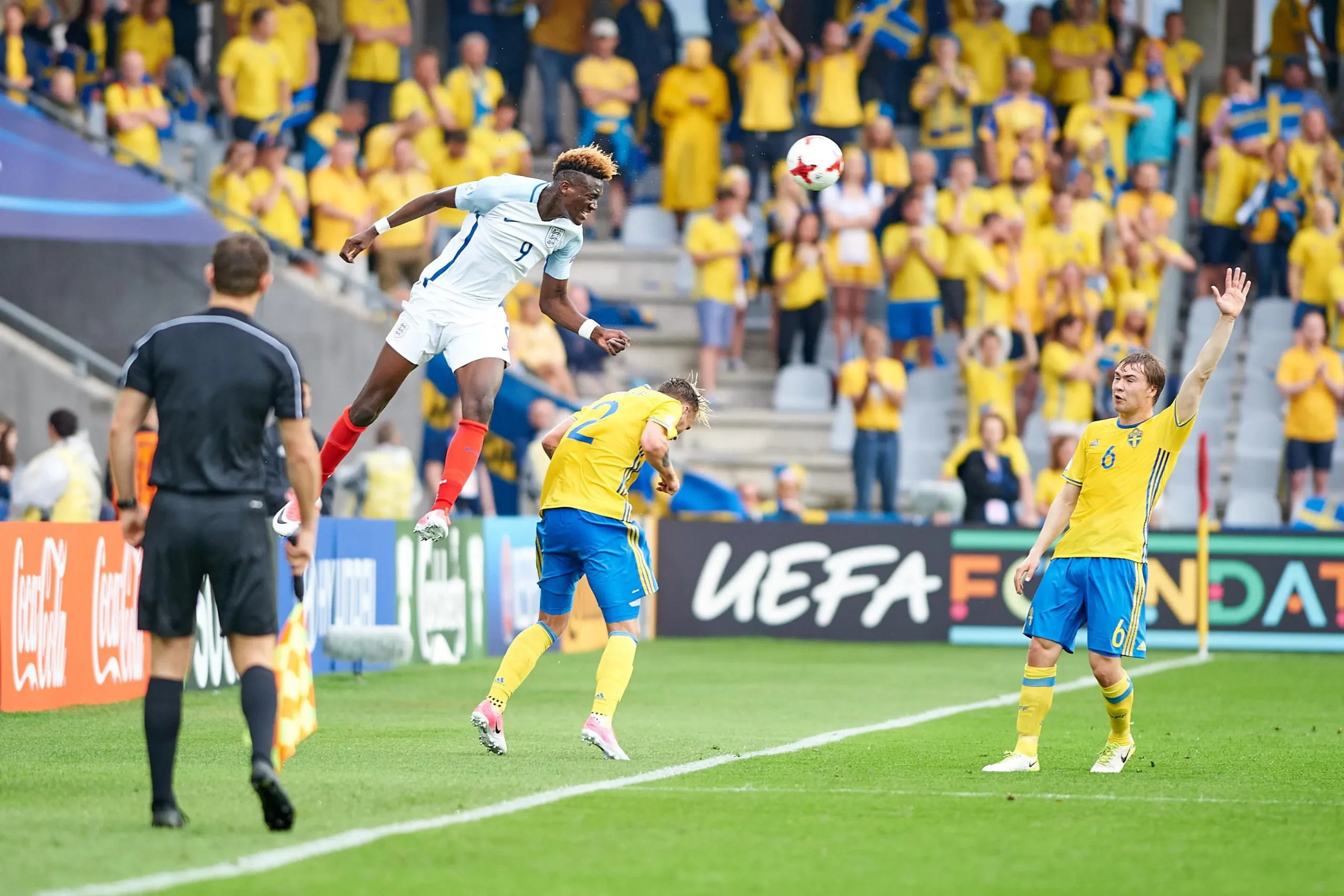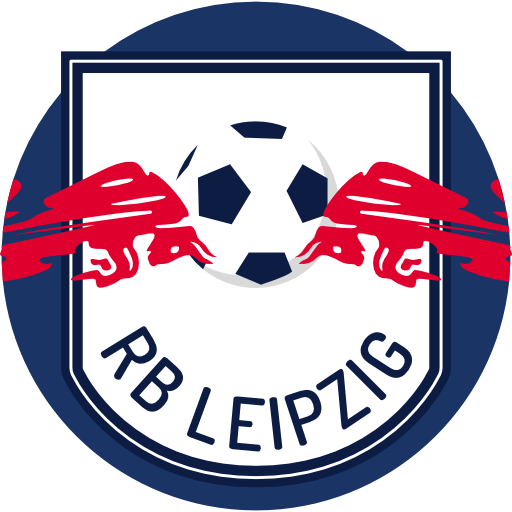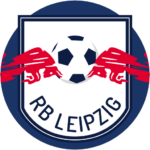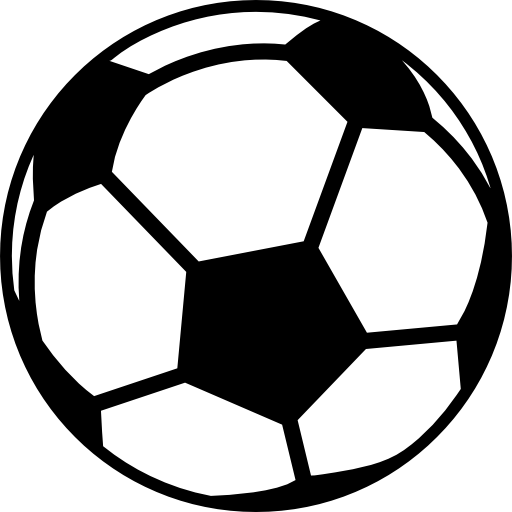The second season of the UEFA Nations League is upon us. The first Nations League happened just two years ago with Portugal as the Champion. Seeing as how we’ve shared a few interesting things about the Premier League, it’s only fair to take a gander at this tournament, as well. Here are a few things you need to know about what we can expect this year.
Format
The original format of the competition divided 55 teams into four Leagues, A through D, with four groups per team. This part of the Nations League remains unchanged for the most part. This time, however, there is a slight difference in the number of teams per League.
Leagues A, B, and C have 16 teams each, while League D has seven teams in two groups. The plan is for each team in the competition to play two games: one home and one away. This excludes the second group in League D, which is going to rely on round-robin to determine promotions. As you might expect, the best team in a group gets a promotion and the worst a relegation
It’s not just the wins that can make a team rank high in the league. It is also their position in their group, the number of goals, the goal difference, and the number of disciplinary actions against the team.
The League Phase of the competition will last from September 3 to November 18. We can expect finals in September or October 2021.
Leagues and Teams
Here is how the teams are spread out in League A by groups 1-4.
- The Netherlands, Italy, Bosnia and Herzegovina, and Poland.
- England, Belgium, Denmark, and Iceland.
- Portugal, Sweden, France, and Croatia.
- Switzerland, Spain, Ukraine, and Germany.
League B has Austria, Norway, Northern Ireland, and Romania in group 1 and the Czech Republic, Scotland, Slovakia, and Israel in group 2. Russia, Serbia, Turkey, and Hungary are in group 3, while Wales, Finland, the Republic of Ireland, and Bulgaria are nestled in group 4.
Here are the teams in League C. Azerbaijan, Luxembourg, Cyprus, and Montenegro are at the top, followed by Armenia, Estonia, North Macedonia, and Georgia. Groups 3 and 4 feature Moldova, Slovenia, Kosovo, and Greece, as well as Kazakhstan, Lithuania, Belarus, and Albania.
Finally, League D has only two groups. Group 1 has Malta, Andorra, Latvia, and the Faroe Islands. San Marino, Liechtenstein, and Gibraltar are in group 2.
The position and the draw were determined by the UEFA National Team Coefficient Ranking. The teams won a certain place based on their performance in the last Nations League.
Favorites
We can expect great performance from the last competition’s top four. Portugal won the championship by defeating Switzerland and then the Netherlands in the final. England managed to climb to the third position.
However, a lot can change in the two years between the tournaments. With players like Christiano Ronaldo and Bernardo Silva, Portugal may seem like the top contender ready to defend the title. While Silva is still in his prime, Ronaldo is already 35. Can the legend bring his team the victory they deserve again despite his age? We shall see.

